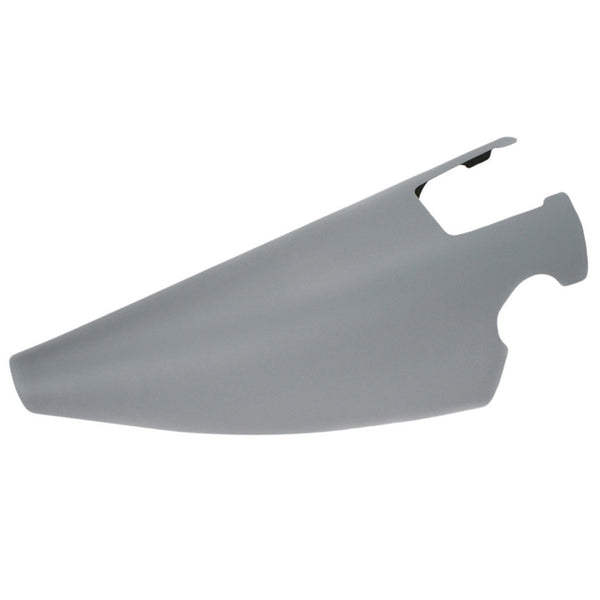Dan Thomas
Touchdown! Greaser!
- Joined
- Jun 16, 2008
- Messages
- 10,744
- Display Name
Display name:
Dan Thomas
Last I heard, a new cowling from Cessna for a 180 was something like $30K.An external patch could be made very strong when riveted on. Use about any soft alloy so you can form it to the compound curve. Use thickness to offset softness for strength. Extend rearward and simply cut a hole to clear the camlock OD. BTW when you find out the price of a new cowling you will think they misplaced the decimal point.


